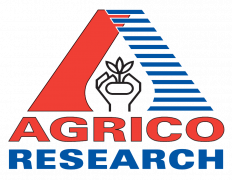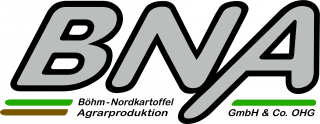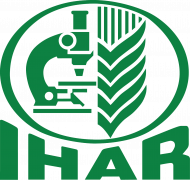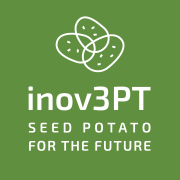Abstract
As climate changes, maintenance of yield stability requires efficient selection for drought tolerance. Drought-tolerant cultivars have been successfully but slowly bred by yield-based selection in arid environments. Marker-assisted selection accelerates breeding but is less effective for polygenic traits. Therefore, we investigated a selection based on phenotypic markers derived from automatic phenotyping systems. Our trial comprised 64 potato genotypes previously characterised for drought tolerance in ten trials representing Central European drought stress scenarios. In two trials, an automobile LIDAR system continuously monitored shoot development under optimal (C) and reduced (S) water supply. Six 3D images per day provided time courses of plant height (PH), leaf area (A3D), projected leaf area (A2D) and leaf angle (LA). The evaluation workflow employed logistic regression to estimate initial slope (k), inflection point (Tm) and maximum (Mx) for the growth curves of PH and A2D. Genotype × environment interaction affected all parameters significantly. Tm(A2D)s and Mx(A2D)s correlated significantly positive with drought tolerance, and Mx(PH)s correlated negatively. Drought tolerance was not associated with LAc, but correlated significantly with the LAs during late night and at dawn. Drought-tolerant genotypes had a lower LAs than drought-sensitive genotypes, thus resembling unstressed plants. The decision tree model selected Tm(A2D)s and Mx(PH)c as the most important parameters for tolerance class prediction. The model predicted sensitive genotypes more reliably than tolerant genotype and may thus complement the previously published model based on leaf metabolites/transcripts.













